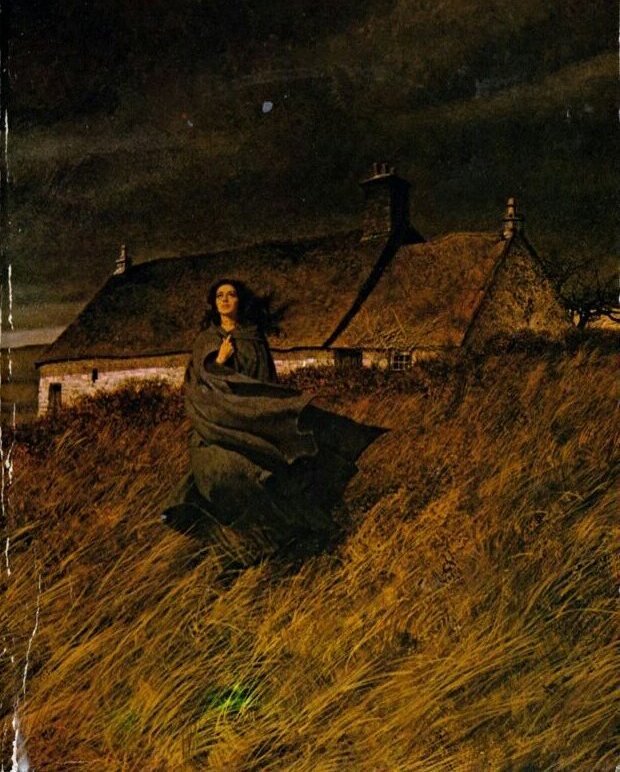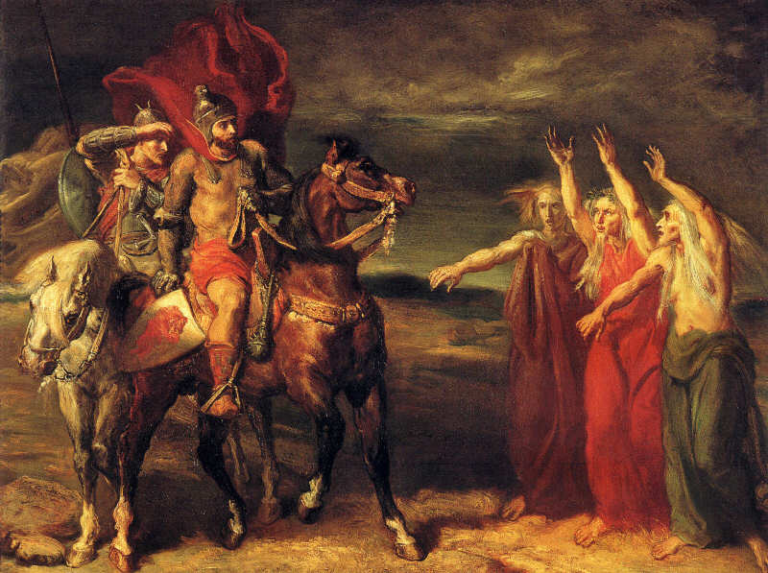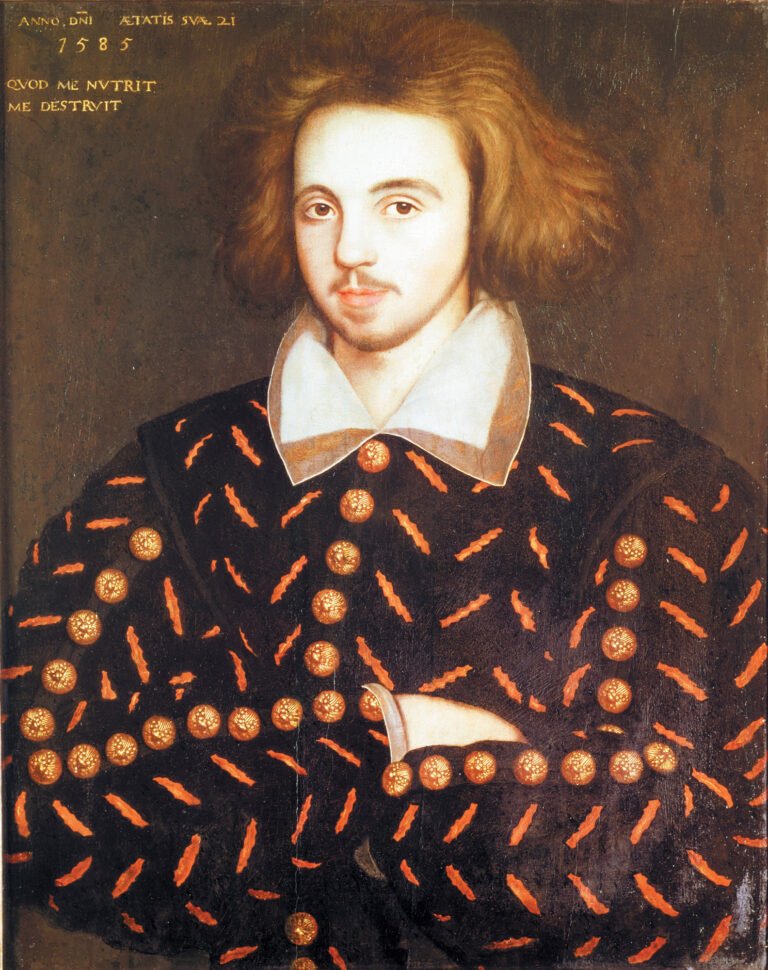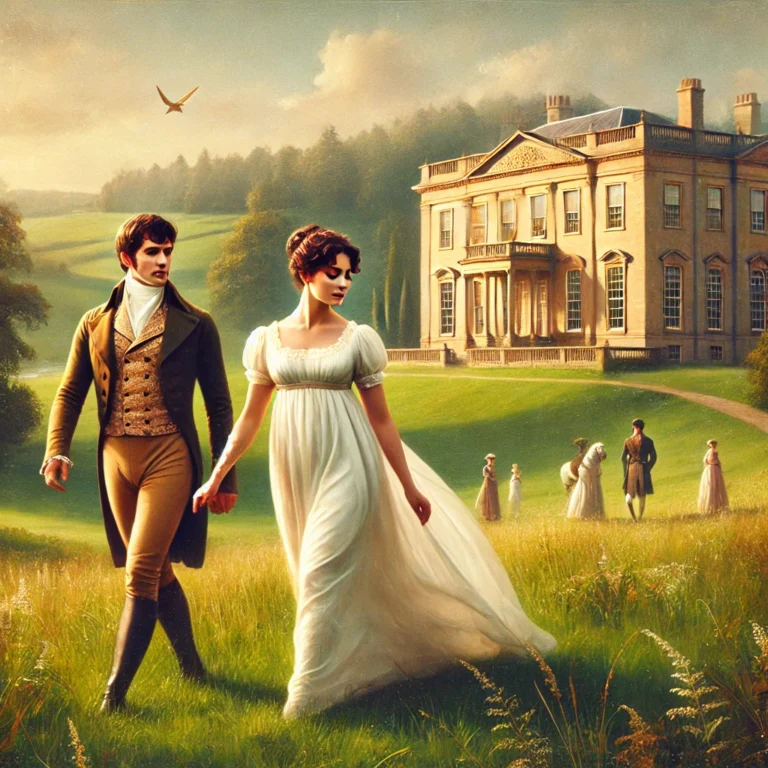Wuthering Heights by Emily Brontë, Simplified
Introduction to the novel Wuthering Heights:

Wuthering Heights by Emily Brontë, published in 1847, is a literary masterpiece that delves into the depths of human emotion and the destructive forces of love, revenge, and obsession. Set against the moody and desolate backdrop of the Yorkshire moors, the novel spans multiple generations and is populated by a cast of complex characters whose intertwined lives are marked by tragedy and tumultuous relationships.
Characters:
At the heart of the story are characters whose fates are intricately connected:
Heathcliff: The enigmatic and brooding protagonist, Heathcliff, is an orphan who is brought to Wuthering Heights as a child. He is deeply in love with Catherine Earnshaw and is driven by an insatiable desire for revenge against those who have wronged him.

- Catherine Earnshaw: Catherine, Heathcliff’s childhood friend and soulmate, is a complex character torn between her love for Heathcliff and her desire for social advancement. She marries Edgar Linton but maintains a tumultuous and passionate relationship with Heathcliff.
- Edgar Linton: Edgar is a refined and wealthy man who marries Catherine. His presence in Catherine’s life becomes a source of tension and conflict with Heathcliff.
- Isabella Linton: Isabella is Edgar’s sister, who makes the ill-fated decision to marry Heathcliff. Her marriage to him leads to a life of abuse and misery.
- Hindley Earnshaw: Hindley is Catherine’s older brother, who harbors resentment toward Heathcliff and subjects him to mistreatment.
- Nelly Dean: Nelly serves as the housekeeper at Thrushcross Grange and narrates much of the story, offering insights into the complex relationships and events at Wuthering Heights.
- Lockwood: Lockwood, a gentleman from London, becomes the primary narrator as he rents Thrushcross Grange and encounters the strange and inhospitable residents of Wuthering Heights.
Storyline:
The novel’s narrative begins with Mr. Lockwood renting Thrushcross Grange and embarking on a visit to Wuthering Heights, the property of his landlord. There, he encounters the mysterious and unwelcoming inhabitants, setting the stage for the unfolding tale.
Nelly Dean, the housekeeper at Thrushcross Grange, becomes Lockwood’s storyteller, recounting the history of Wuthering Heights through a series of vivid flashbacks:
- In their youth, Catherine and Heathcliff form a profound and passionate bond, transcending social boundaries. However, Catherine’s decision to marry Edgar Linton, driven by societal aspirations, tears the two apart.

- Heathcliff, devastated by Catherine’s marriage, leaves Wuthering Heights. He returns years later as a wealthy and enigmatic figure, harboring a burning desire for revenge against those who have caused him pain and humiliation.
- The novel navigates the twisted and tumultuous relationships between Heathcliff, Catherine, Edgar, and other characters, characterized by cruelty, jealousy, and obsessive love.
- Catherine’s death, following the birth of her daughter Cathy, leaves a haunting legacy as her ghostly presence seems to linger at Wuthering Heights.
- The second generation of characters, including Cathy and her cousin Linton Heathcliff, perpetuates the cycle of dysfunction and cruelty, adding complexity to the story’s intricate web of relationships.
- Ultimately, the novel reaches its climax with a cascade of tragedy and death, as the destructive forces of love, hate, and revenge culminate in a gripping and unforgettable conclusion.
Themes:
Wuthering Heights explores a multitude of profound themes:
- Love and Obsession: The novel delves deeply into the consuming power of love and obsession, portraying how characters like Heathcliff and Catherine are utterly consumed by their intense and often destructive feelings for each other.
- Revenge: Heathcliff’s relentless pursuit of revenge drives much of the plot, leading to the suffering and downfall of numerous characters who stand in his way.
- Social Class: The novel vividly illustrates the rigid social class divisions of the time and how they profoundly shape the characters’ lives, choices, and destinies.
- Nature vs. Nurture: It engages in a thought-provoking exploration of whether a person’s nature is primarily determined by their upbringing and environment or by their inherent qualities and predispositions.
- Isolation: The remote and desolate setting of the Yorkshire moors, along with the isolated nature of Wuthering Heights itself, contributes to the characters’ overwhelming sense of isolation, alienation, and otherworldly existence.
conclusion:
Wuthering Heights is a dark and haunting novel that plumbs the depths of human nature, love, and the consequences of unbridled passion and vengeance. Emily Brontë’s work remains a timeless classic of English literature, renowned for its complex characters, gothic atmosphere, and exploration of the human psyche’s darkest corners. It serves as a compelling reminder of the enduring power of storytelling to illuminate the complexities of the human experience.





